Why the federal Government is planning to have more migrants settle in South Australia
THE suggestion that migrants may soon be required to live outside of east coast ‘mega-cities’ has been embraced by some. Matt Smith reports.
VICTORIA’S population grows by more people every 27 days than South Australia grows across the entire year.
These words are the mantra of choice for South Australia’s Property Council chief Daniel Gannon.
And now, figures like these, that remind Australians that Victoria grows by 392 people a day while South Australia’s sluggish population growth has seen it lose a seat in federal Parliament, have been seized on by the Coalition Government.
In a speech last night, at the Menzies Research Centre, Federal Population Minister Alan Tudge spoke about congestion issues in Australia’s largest cities.
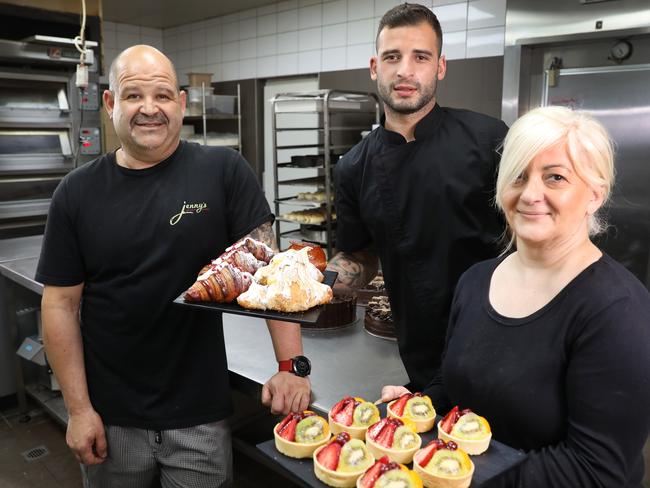
Since last week, Mr Tudge had been suggesting Adelaide and South Australia could benefit from taking a share of migrants that were instead heading to the capitals.
Mr Ridgway said he asked the ministers to consider priority processing of migrant applications for South Australia.
Migrants would be lured to South Australia via a specialised entrepreneur visa and new rules for the regions under a plan that has long been spruiked by Mr Marshall.
However, Mr Marshall was yesterday keeping coy on support for the Federal Government’s plans until some more details emerged.
But while Mr Marshall was playing it safe, others were quick to jump on the scant detail as something to celebrate.
For business the reason is simple — they simply can’t get access to the workforce they need.
Business SA chief Nigel McBride said regional employers ranked access to skills as the second biggest challenge in regional SA, after energy costs.
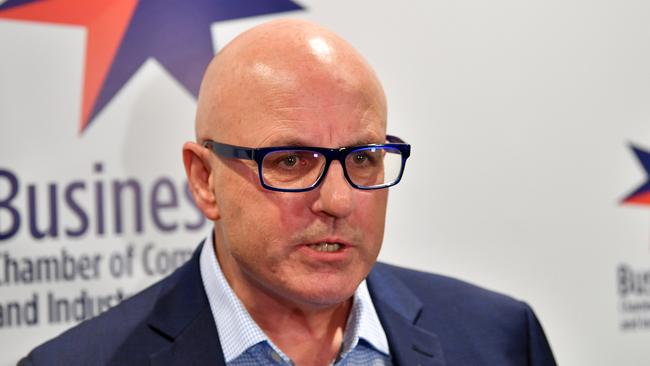
Mr McBride said high-end professionals, such as medical specialists, preferred to fly in and fly out of the regions instead of settling.
At the other end of the scale, Mr McBride said roles in abattoirs, fruit picking and other “on the land” jobs “are clearly unattractive to Australians”.
He said: “While the final details of the proposal are yet to be clarified, the Federal Government’s proposal to direct nearly half of new overseas migrants outside of the megacities of Sydney and Melbourne, and southeast Queensland region, is absolutely common sense — it’s good news for Adelaide and regional South Australia because we would compete extremely well in terms of attracting those new international migrants because of our well documented and internationally recognised lifestyle and quality of life.”
Despite some parts of the state still recording high levels of unemployment, the State Government’s Immigration South Australia website shows that there are 172 “state-nominated occupations” where there are skills shortages.
Job shortages cover the entire spectrum of occupations — everything from nurses to pig farmers and chefs to panel beaters.
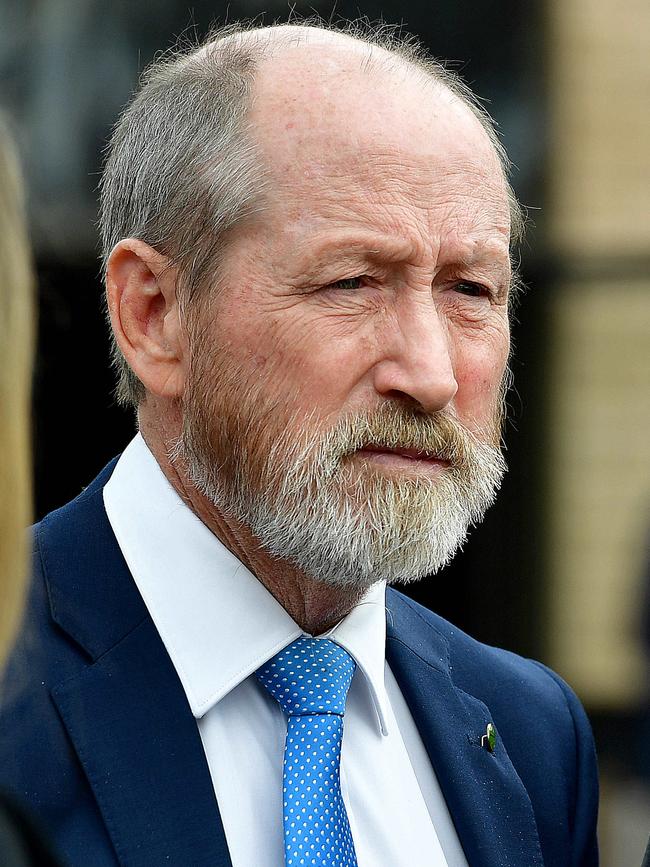
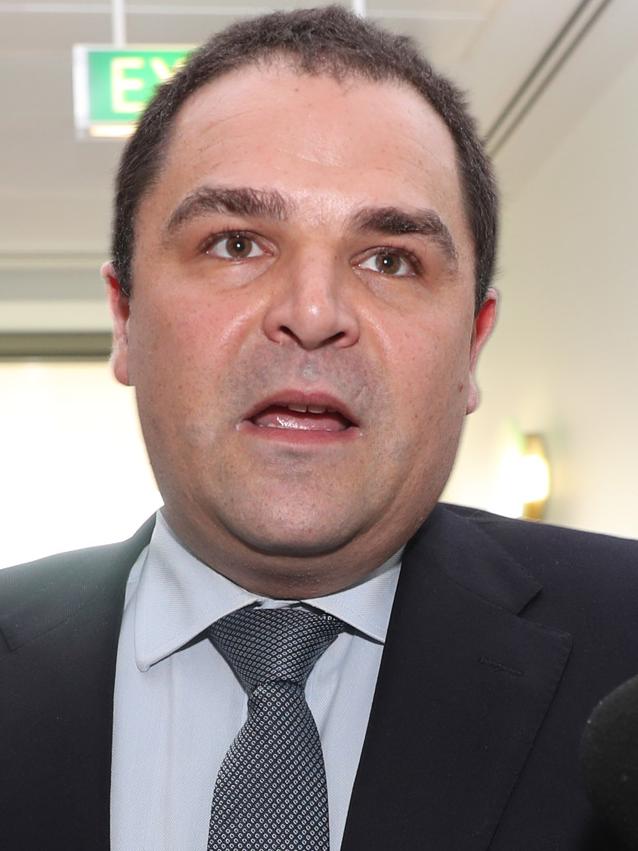
Enzo Titaro has been dishing up pastry delights for customers at his Jenny’s Gourmet Bakery retail store on Glen Osmond Rd, Eastwood, for 26 years.
“Finding labour is the hardest thing for us,” Mr Titaro said.
“For us to get qualified pastry chefs for this industry is hard, despite us running advertisements all the time.
“It is shocking. We literally cannot find staff to work.”
It is why Mr Titaro welcomes any move to allow more skilled migrants to settle outside of the major capital cities.
More skilled migrants in regional SA has long been supported by Liberal MPs, in the state’s most regional electorates, Rowan Ramsey in Grey, and Tony Pasin, in Barker.
Crossbenchers, including Centre Alliance senator Rex Patrick, and independent Tim Storer, have too shown an interest in the issue.
Senator Storer said yesterday everywhere he went in regional SA, he heard the same story from local communities — that they had suffered from a “one-size-fits-all” immigration policy and the tightening of the terms of working visas.
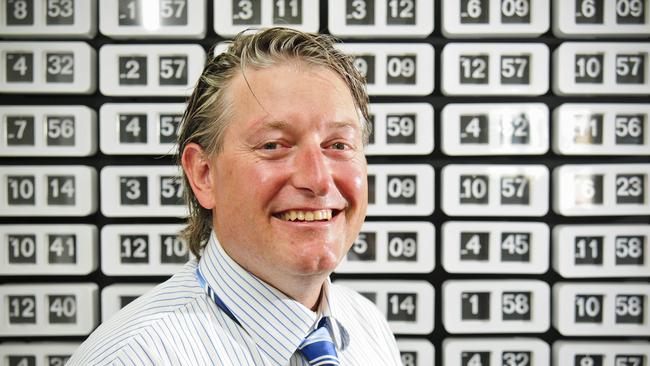
Migrant Solutions chief executive Mark Glazbrook said proposed changes would not force migrants to live and work in regional and low-population areas.
“Rather changes will provide greater flexibility and opportunities for employers and key industries in regional Australia to address the unmet demand for labour by providing increased immigration opportunities to people who have a genuine desire to live, work, settle and make a valuable contribution and commitment to regional Australia,” he said.
Others have warned South Australian political and industry leaders they need to be careful what they wish for.
South Australian Council of Social Service acting chief executive officer Catherine Earl said there was value to SA of encouraging more migrants to settle in the state — with caveats.
“It would be important that with any increase to the population, that sufficient services and infrastructure are provided to meet increased need,” Dr Earl said.
“Adequate provision for health services, housing, transport and other social services would be essential to realise the benefit of increased migration.”
SA Greens leader Mark Parnell said population growth could also have a significant impact on the environment.
“The Greens don’t subscribe to the theory that population growth is the path to economic prosperity,” he said.
“South Australia, even with its relatively small population, has a disproportionately large ecological footprint.
“If everyone in the world were to live like us, we would need more than three planet Earths to provide us with the all the resources we consume and deal with all the waste we produce.”
Mr Gannon believes the majority of South Australians support population growth, pointing to polling commissioned by the Property Council revealing that almost seven in 10 South Australians believed the state could accommodate a bigger population.
“There is a healthy and sustained appetite for growth because South Australians accept that a bigger and more sustainable population is related to economic growth,” Mr Gannon said.
“Cities like Adelaide already have an established framework around education, transport, health and housing, which means we’re ready to roll when it comes to growth.”
